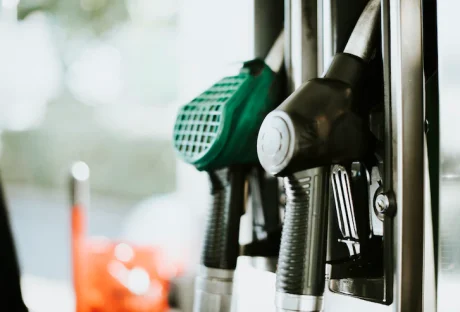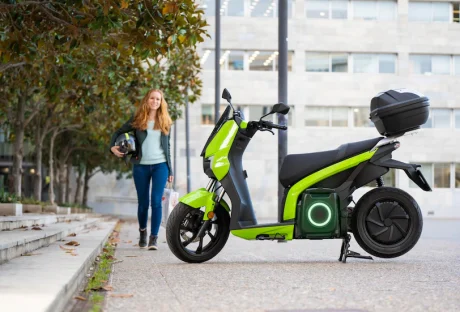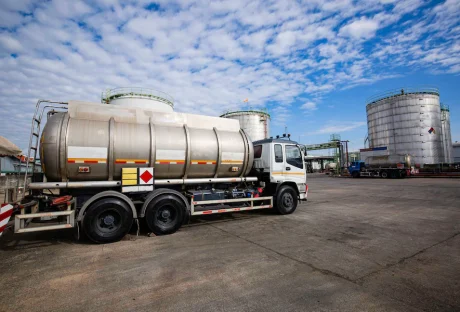If you are looking for a fun way of commuting to work or school, then you should consider using an electric commuter scooter. They help you travel longer distances on roads and pavements.
If you live in a city or a city that has a lot of traffic, then this is the best way to go. The best thing about it is that you can use it anywhere at any time of the day. It is not only eco-friendly but also cost-effective and reliable.
This guide takes a look at the different types of electric commuter scooters.
1. Electric Scooters: The Future Of Commuting And Transportation?
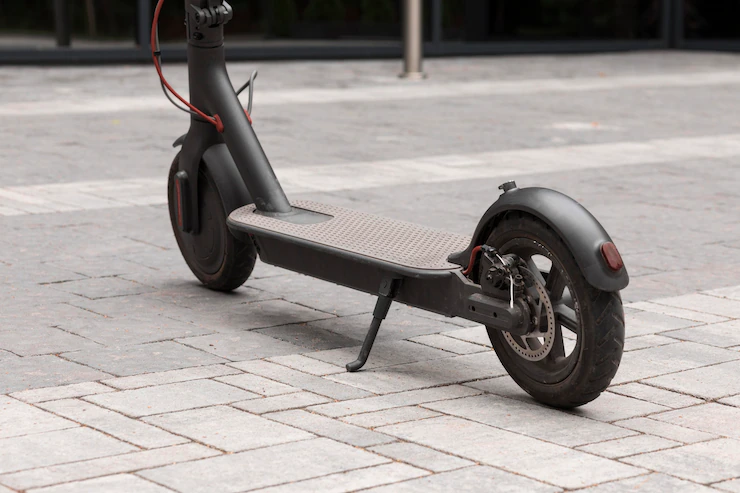
Electric scooters are becoming increasingly popular as a means of commuting and transportation. They are environmentally friendly, quiet, and easy to use. Many cities are now considering electric scooters as a possible solution to traffic congestion and pollution.
There are several companies that are leading the way in electric scooter development, such as Bird, Lime, and Spin. These companies have developed innovative scooter-sharing programs that make it easy and affordable for people to use electric scooters for short trips around town.
Electric scooters have the potential to revolutionize the way we commute and travel. They are a clean, efficient, and fun way to get around. We should encourage their use and continue to develop new ways to make them even more accessible and convenient.
2. What Are The Top Companies Manufacturing Scooters In The United States?

There are a few different companies that manufacture scooters in the United States. The top companies would include Razor, which is known for its Razor scooters. Another company is Swagtron, which makes electric scooters.
Finally, there is Segway, which is probably the most well-known company for scooters, as it manufactures the Segway Ninebot. Last but not least, Apollo scooters. They make high-end e-scooters in every respect— fast, durable, off-road, and stylish to boot.
3. Best Commuter Scooters To Buy In 2022
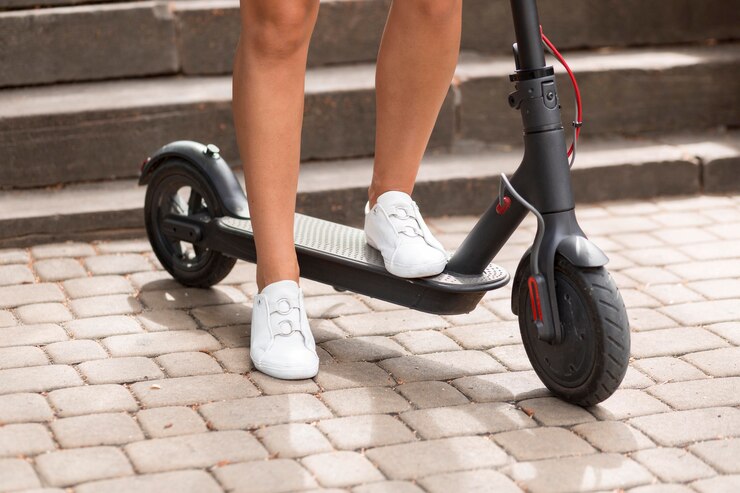
There are a few things to consider when purchasing a commuter scooter. Firstly, consider the distance you need to travel. If it is a long distance, you will need a scooter with a longer range. Secondly, think about the terrain you will be riding on.
If it is hilly, you will need a scooter with more power. Thirdly, consider your budget. There are a variety of scooters on the market, so find one that fits your needs and budget.
In 2022, the best commuter scooters to buy are the Xiaomi M365 Pro, the Ninebot Max G30, and the Apollo City. The Xiaomi M365 Pro is a great option for those who require a long-range scooter, as it has a range of up to 45 km.
The Ninebot Max G30 is a good choice for those who need a powerful scooter, as it has a motor that can handle hills. Finally, the Apollo City – commuter scooter is a great option for those who bet on quality, as it is a well-designed model that still offers a long range and good power.
Conclusion:
Though many great companies are leading the electric scooter revolution, Apollo scooters is arguably the most promising company.
Read Also:














